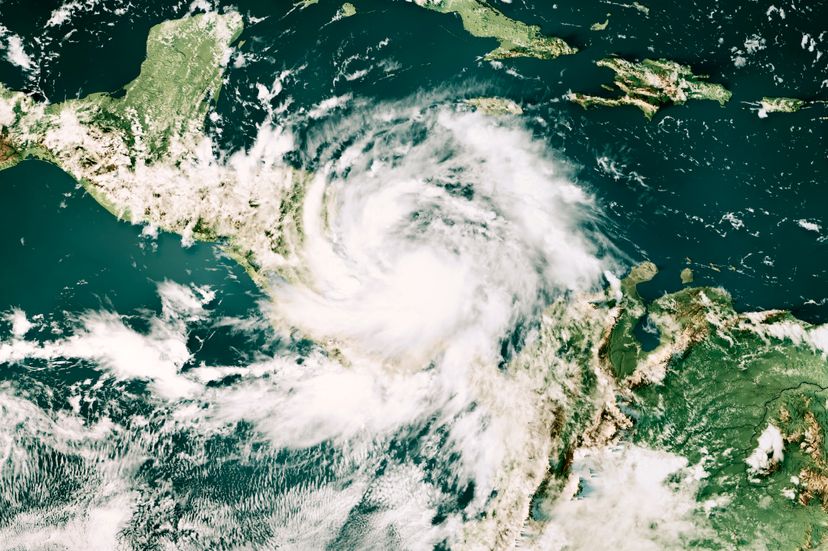In the aftermath of Hurricane Julia, local and international agencies mobilized to help affected communities recover from the storm’s devastating impact. Some of the actions taken include:
- Emergency plans were put into action
- Immediate assistance was provided to people in shelters and communities
- Efforts were made to provide aid to displaced families
Aid included food, water, medical supplies, and other essential items. Temporary housing was also provided.
Search and Rescue Operations
Search and rescue teams were deployed to the affected areas to locate and rescue people trapped by the storm, and to provide medical assistance to those injured. Military agencies, citizen volunteers, and specialized response teams, such as the National Urban Search & Rescue Response System, worked tirelessly to reach those in need and save lives.
Their efforts were critical in providing relief to those affected by the storm and helping to prevent further damage.
Relief Aid and Donations
Relief aid was provided by both local and international organizations, including the Red Cross, UNICEF, and the World Food Programme. Donations included food, water, medical supplies, and other essential items, which were crucial in supporting the affected communities during the challenging recovery process.
These donations were essential in helping the affected communities rebuild and recover from the disaster. They provided the information they provided.
Reconstruction and Rehabilitation
Efforts to rebuild damaged infrastructure and help displaced residents return to their homes were paramount in the reconstruction and rehabilitation process. Restoring essential infrastructure, revitalizing communities, and promoting social, economic, and environmental recovery were critical tasks undertaken by various organizations and stakeholders.
These efforts included providing access to clean water, sanitation, and health services; and restoring electricity.
